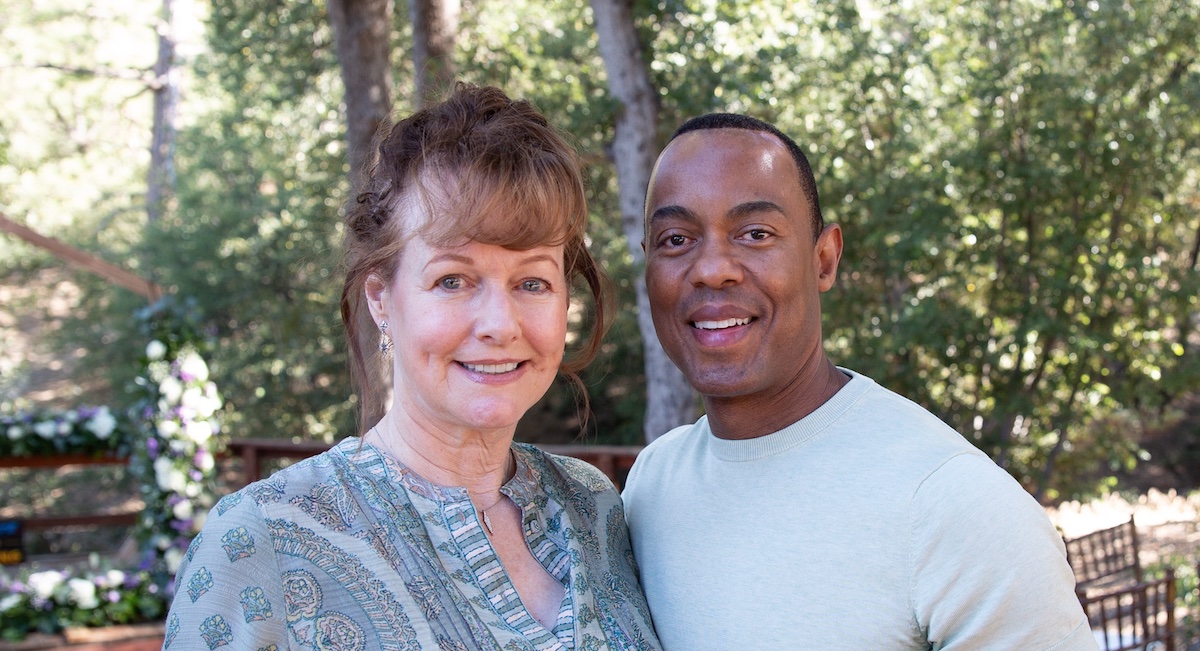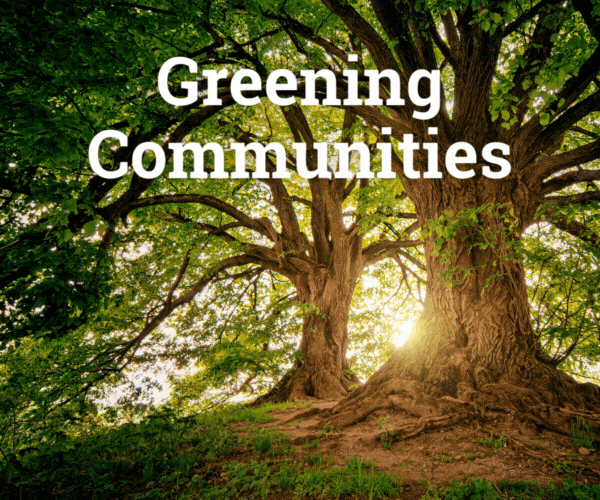By Chavah Benzion | Carib Press
Beth and Chuck Harris are still in love after 36 years of living together. They met in 1984 while working in the business department of a Los Angeles hospital. Beth, a fair-skinned, ginger-haired woman of Northern European ancestry, noticed Chuck, a young musician and college student of African American ancestry. Over time they developed a friendship and began dating which led to marriage.
Chuck’s parents immediately accepted and welcomed Beth. However, Beth’s parents struggled to accept the interracial couple. They were from the South and had what Beth calls “Southern sensibilities.” Beth’s father barely made conversation with Chuck and Beth’s mother had a difficult time connecting with her baby granddaughter because she did not feel the baby “resembled” her. Beth also confided that her great grandfather had been a Confederate soldier who owned slaves.
Over the first years of marriage, they received countless ignorant comments from her parents. At her wit’s end, Beth wrote them a letter, pouring out her heart. She wanted them to be part of the life she had chosen; by holding onto their cultural programming, they were missing out on knowing, and growing to love, their own family, including Chuck and their grandchildren.
Whether because of the letter, or the passage of time, the rift in the family began to close. By the time her parents passed years later, Chuck had become a beloved son to both of them.
It was far from easy being a mixed-race couple in the 1980s. It was only 17 years after the 1965 Loving vs. Virginia Supreme Court decision that struck down laws banning marriage between individuals of different races, and America was still adjusting. Widespread acceptance of interracial relationships had not yet come to pass, and Beth and Chuck found themselves contending with micro aggressions and inappropriate questions from many in and out of their community.
When Beth displayed her family photos on her desk at work, a coworker noticed and asked her, “What’s it like being married to a Black?” Chuck talked about how he got uncomfortable stares and ignorant remarks when he took his white stepson to the playground or to a doctor’s appointment.
“We thought we existed in a hip, progressive era, but in reality, people weren’t always accepting. Neither of us cared about what others thought of us or our union, but we had our fair share of stares and inappropriate comments and questions” although no open hostility.
Beth and Chuck live in Carlsbad. They have a daughter and Chuck has a white stepson. Both say that depending on where they are, they still receive stares. If they go on a date in a small, conservative town or among an older crowd, they definitely turn heads. If they’re in a more progressive area or with a younger generation, no one pays them any mind.
They say they wouldn’t feel comfortable purchasing a home in just any neighborhood – the political climate would definitely influence the level of acceptance they feel.
Instead of shutting people down for making ignorant remarks, Chuck said that they get amazing results when they pursue a conversation. “It’s an opportunity to turn people’s hearts and minds around and see the scales drop from their eyes,” he added. “If love can expand, hate retreats.”
Chuck, who has had a career as a TV cameraman, noticed that in the past producers would try to match up TV families to make them look alike when, in reality, family members may not resemble each other. Today, there are representations of blended families and couples and children all over television, film and advertising.
Beth and Chuck feel strongly that hope rests with the young. “Change is happening, and in many ways change is already here. We don’t see many young people accepting the disease of racism as a cultural norm, and many are likely to have friends or to know someone who is of a different race,” says Beth.
“Look at the young people galvanizing and mobilizing the masses through social media to march and vote, and get legislation passed. This is our legacy. This is the hope we always had together, as a couple.
“A child born to parents of different races or raised by parents of a different race is the recipient of a priceless gift that can be passed along to future generations, the gift of acceptance. Children from these unions represent generational hope. They are the ones who will change the world.”
This article is part of the Love Across Colorlines series, a collaboration of 20+ ethnic media outlets looking at interracial marriage in California at a time of rising hate. Visit Love Across Colorlines to see more in the series.





